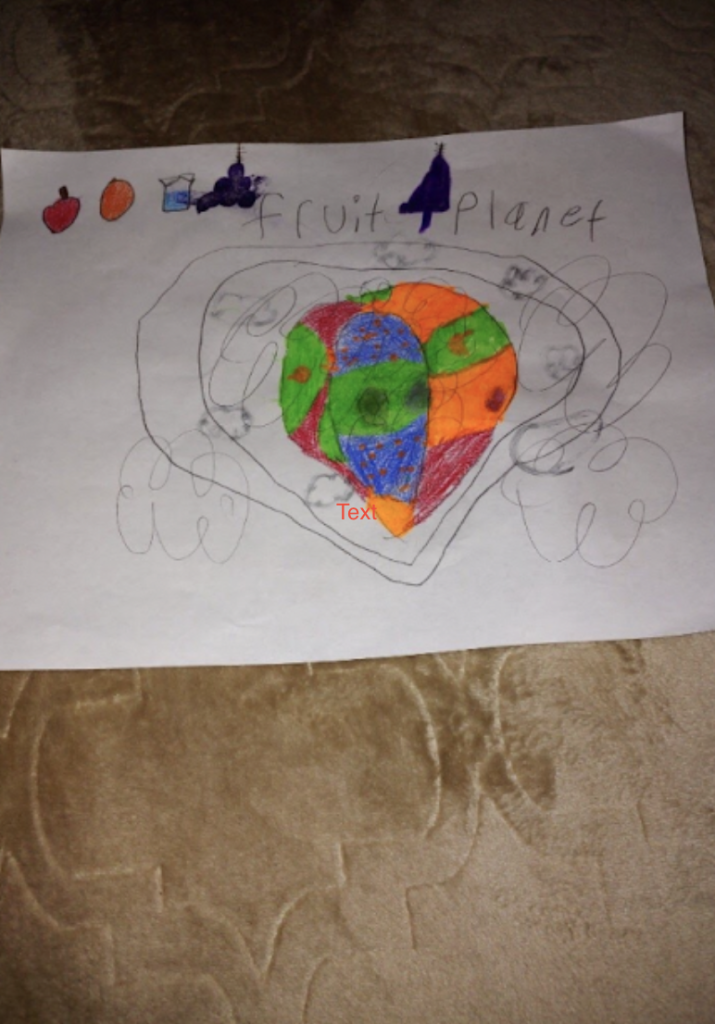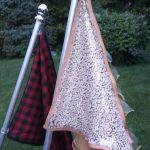21st Century Primary Center Students Find Nature at Home
Last year, our kindergarten, first, second and fourth graders at 21st Century Primary Center in Park Forest, Illinois, got the opportunity to design, discover, and play sounds at home. An idea so fitting these days, as we all try to find the balance of finding creativity indoors and outdoors.
The big idea of Habitat and Home inspired teacher Andrea Mele and teaching artist, David Sprecher who were excited to have their students find nature at home. Throughout the school year, the students explored the inquiry question, “What can I learn about the animals and plants that live in my neighborhood?”
When asked to describe the student’s projects, Ms. Mele shared that, “for the most part, the classes were organized around observable facets of the seasonally changing environment. We also were always circling around and addressing ideas of ‘home’… During a typical class, we would all check-in and greet each other. We would then introduce the topic of the day and observe and talk about features of our immediate surroundings that pertained to the topic, i.e. the snow outside, our hands, trees, etc. We would then elaborate on the topic and introduce relevant artists through a slide presentation. For the second half of class, we would draw or making exercises demonstrated in real-time by the teaching artist based on everything we’d learned. And in the last ten minutes of class, we’d all share what we’d drawn and reflected as a group.”
The structure of the classroom looked a little like this:
- In the fall, the students looked at leaves in conjunction with a basic color theory class as a way of thinking about their neighborhood homes through the work of Amanda Williams. The students got the opportunity to draw on leaves, all while learning about William’s take on color as a way to highlight a conversation on race, place, and value in cities.
- The students then moved from thinking about their neighborhoods to looking at the solar system following “The Great Convergence” of Jupiter and Saturn that happened last December, when the two last passed each other almost 400 years ago.
- In the final month of classes, the structure was devoted to exploring ideas of habitat and home through the “target” or “tree ring” pattern. Students looked at how tree rings function as a diary of a tree’s life and used concentric circles to map our own memories, home experiences, and emotions.
Ms. Mele and Mr. Spreecher had much more to share with us in this Q&A below.
How did you experiment with your curriculum within the grade ranges for remote learning curriculum?
Students were inspired by the work of Agnes Denes and discussed what it would be like to live on this planet if it were shaped differently!
Andrea Mele: “I was pleased with how this lesson turned out. Initially, my concern was the concept of symmetry in relation to their hands might be too much for them to connect, especially the younger students. In reality, the connection between symmetry and their hands helped them tremendously connect symmetry to the world around them.:
David Sprecher: “I was excited about this lesson because it tapped into an embodied awareness of our hands to understand a concept that is broadly observable elsewhere in our surroundings. This kind of embodied understanding is at work under the surface of language decoding, metaphoric thinking, and meaning-making.”
___________________________________________________________________________
Let us know your favorite part of this classroom learning, and let us know if you have any questions for us in the comments below.
Follow CAPE on social media: Facebook | Twitter | Instagram|YouTube













